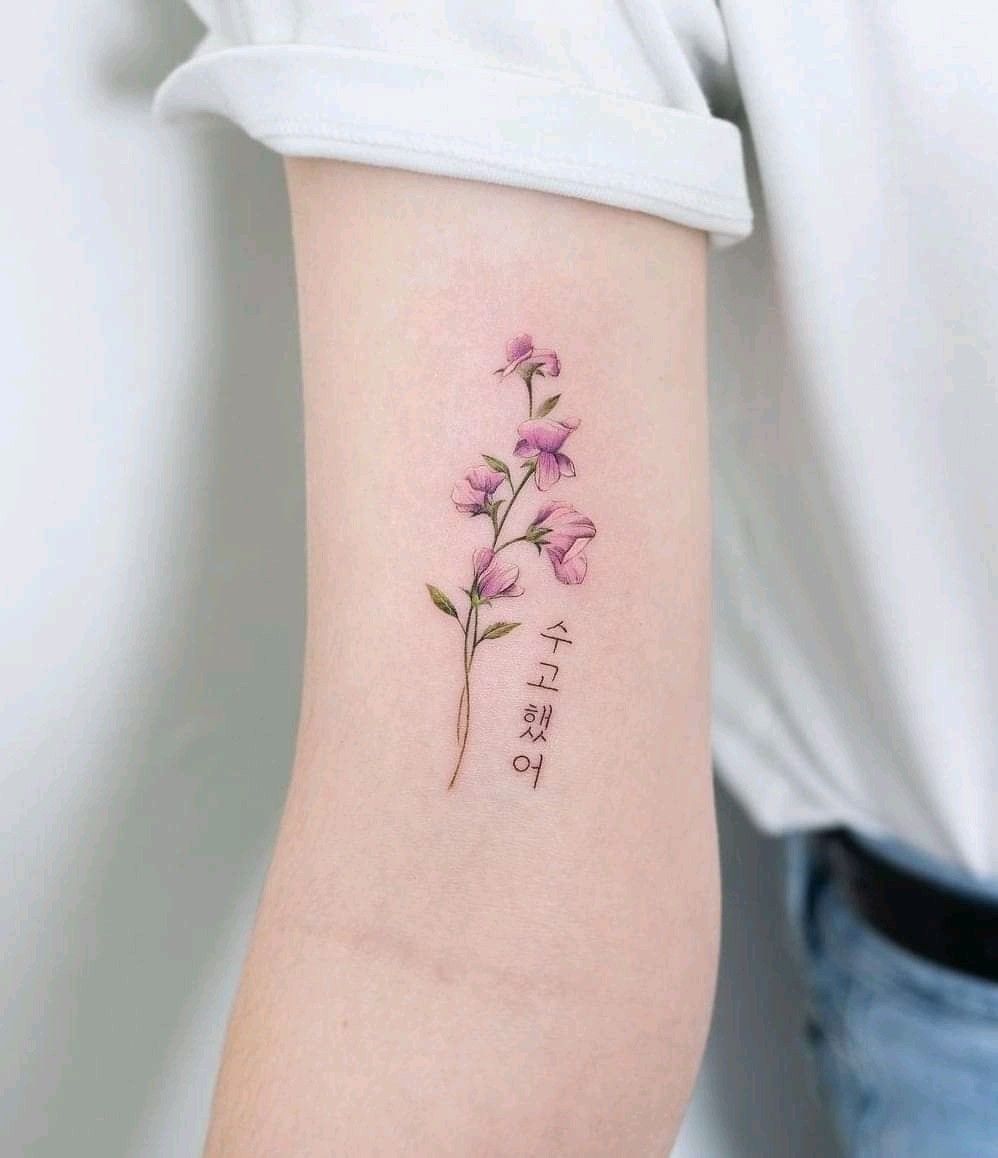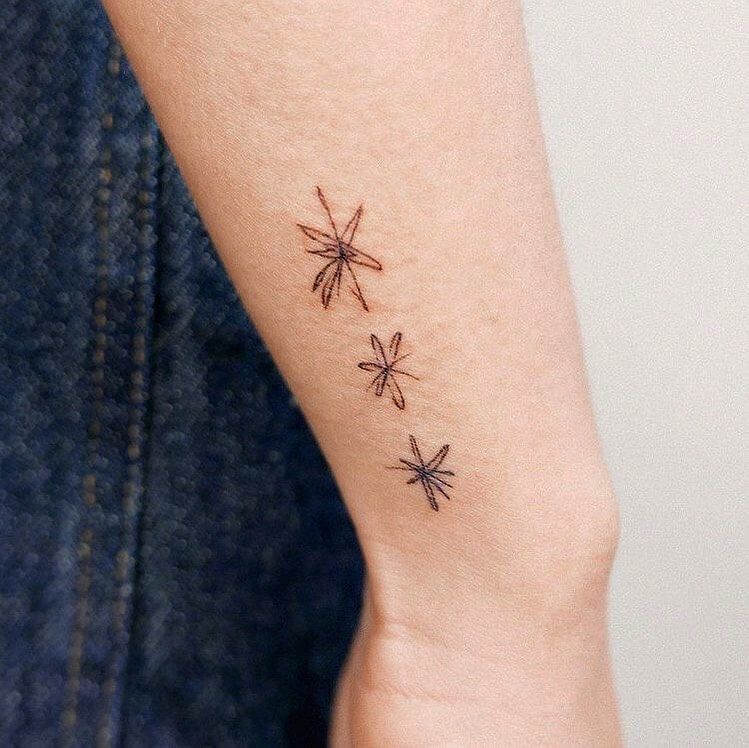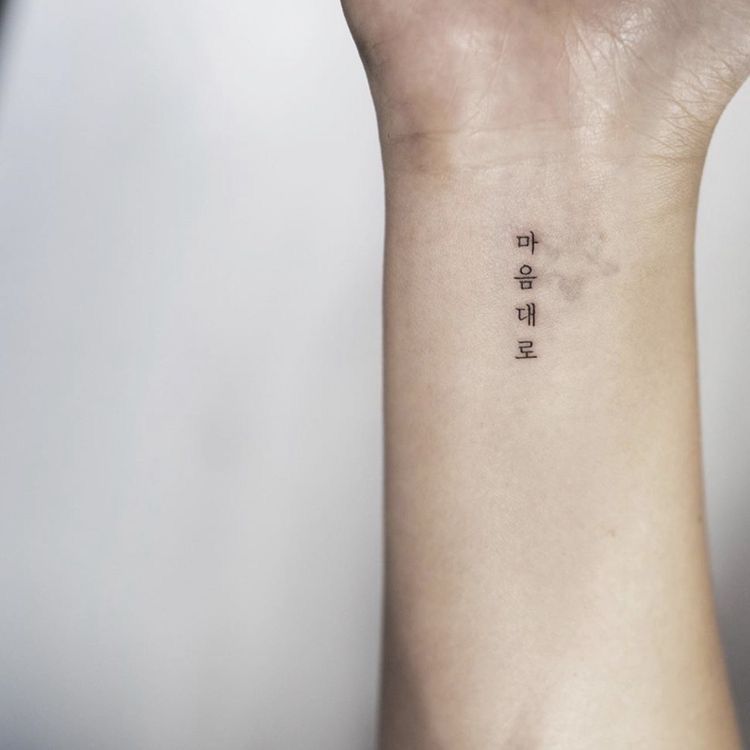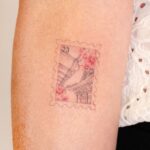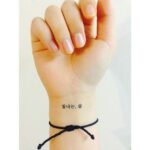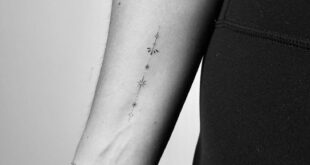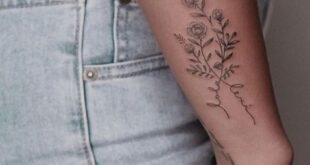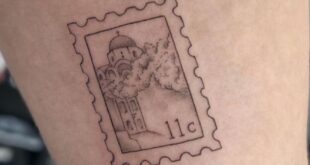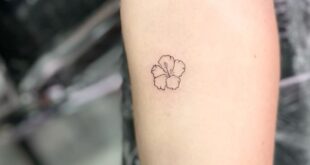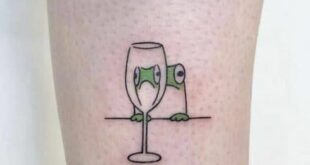Tattoos have long been a part of Korean culture, dating back thousands of years to the ancient kingdom of Goguryeo. In recent years, tattooing in Korea has experienced a surge in popularity, with more and more young people embracing this form of self-expression.
In Korea, tattoos have historically been associated with criminality and delinquency due to their connection with gang culture. However, attitudes towards tattoos are gradually changing, with many young people now viewing them as a form of art and self-expression.
One popular style of tattooing that has emerged in Korea is the minimalist, fine line style. This style involves using thin, delicate lines to create intricate, geometric designs that are often inspired by nature or traditional Korean motifs. This minimalist approach to tattooing has gained popularity among young Koreans who are looking for a more subtle and elegant form of body art.
Another popular trend in Korean tattooing is the use of hanja characters, which are Chinese characters that are often used in Korean writing. Many Koreans choose to get tattoos of hanja characters that hold personal significance, such as their name or a meaningful word or phrase.
Despite the growing acceptance of tattoos in Korea, there are still some social stigmas attached to them. Many workplaces in Korea still have strict dress code policies that prohibit visible tattoos, which can make it difficult for people with tattoos to find employment. Additionally, some older generations in Korea may still hold negative views towards tattoos, seeing them as a sign of rebellion or nonconformity.
Overall, tattooing in Korea is a complex and evolving art form that reflects the changing attitudes and values of Korean society. As more young people embrace tattoos as a form of self-expression and art, the stigma surrounding tattoos in Korea is gradually fading away. With the growing popularity of minimalist and traditional Korean-inspired tattoo styles, it is clear that the art of tattooing in Korea is here to stay.
 innstyled Tattoo Ideas
innstyled Tattoo Ideas
